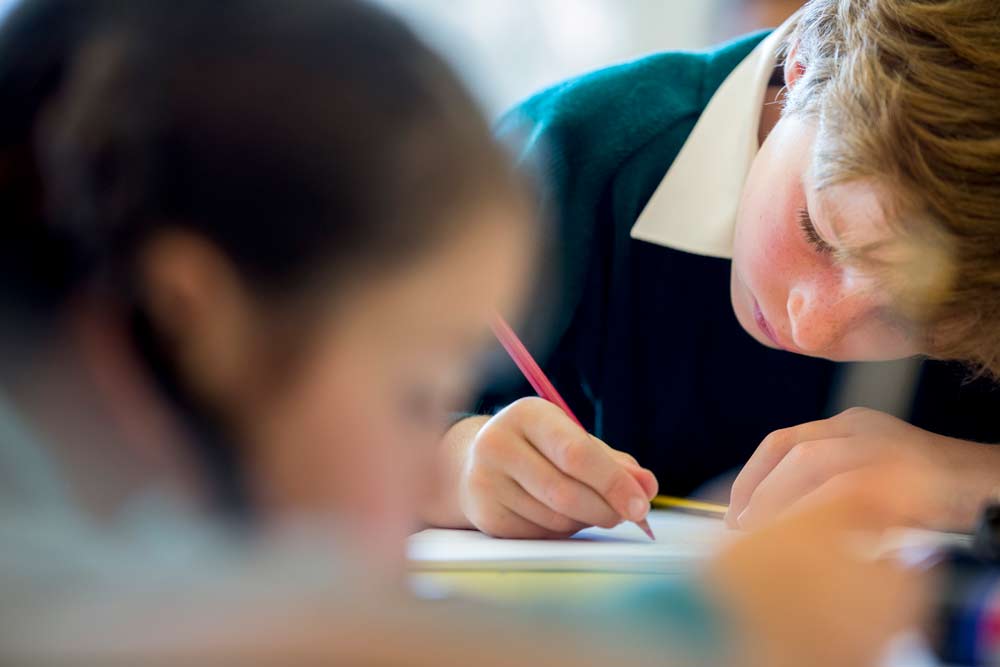
Mathematical understanding
Investigating, describing, interpreting, solving – our approach to maths will really get you thinking.
Our maths curriculum covers a breadth of skills and encourages pupils to think for themselves and apply the methods they have learnt. We encourage all pupils to think about which strategy suits the problem in front of them. Would a mental method be more suitable than a written one?
Pupils discuss methods they use and share their ideas with others to show their full understanding of a solution. Mental maths and learning key facts underpins, and lays the foundations, for all our mathematical work. Making links with maths across the curriculum especially in science; our approach is about exploring and experimenting, playing and creating – and, above all, inspiring curiosity and challenging our pupils.

"My favourite subjects are maths and art. Often we do a mixture of them and my eyes light up with joy."
“